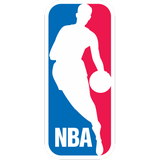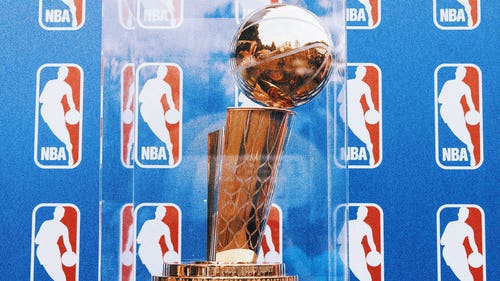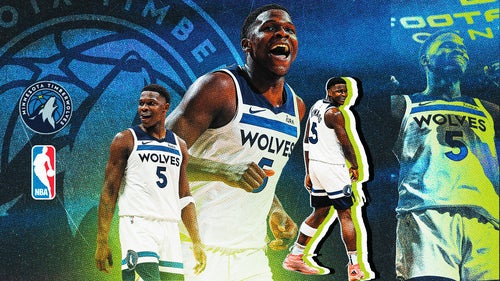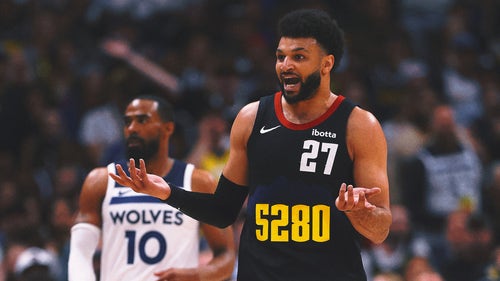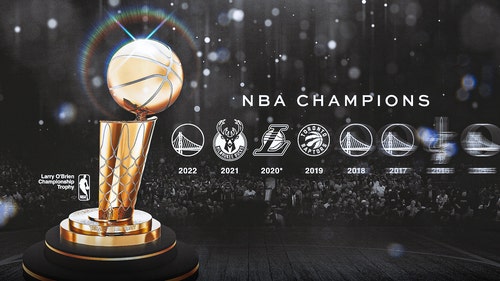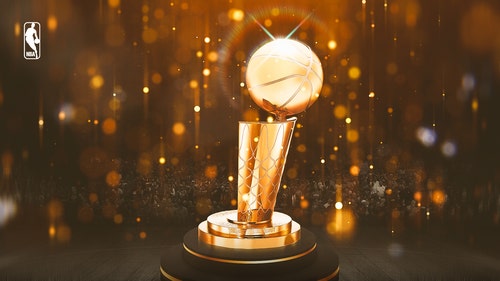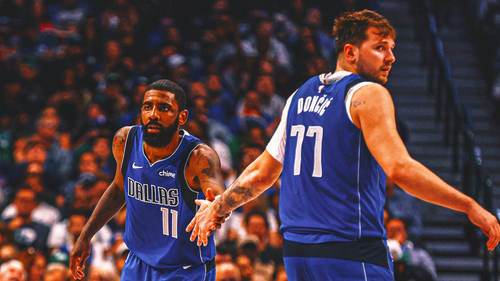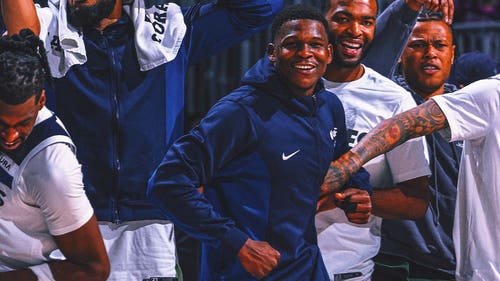
Utah Jazz 2016-17 season review: Jeff Withey

April 18, 2017; Los Angeles, CA, USA; Los Angeles Clippers center DeAndre Jordan (6) controls the ball against Utah Jazz center Jeff Withey (24) during the first half in game two of the first round of the 2017 NBA Playoffs at Staples Center. Mandatory Credit: Gary A. Vasquez-USA TODAY Sports
Jeff Withey's second year with the Utah Jazz was characterized by low minutes. What should we remember from his 2016-17 season?
As a backup on a team stocked at his position, Jeff Withey had a limited 2016-17 season in terms of making an impact on the court.
The Utah Jazz ran out a strong front line this season consisting of Rudy Gobert, Derrick Favors, Boris Diaw and others who all contributed in big ways to a landmark 50-win season.
Withey's minutes mostly went as Gobert and Favors' did, which meant he was often stuck watching his teammates do work.
The Jazz certainly prefer this eventuality to any case in which either of the main cogs were injured, but it does leave us wondering what Withey could do given a longer leash. Not many teams roster two legitimate seven-footers as the Jazz do with Gobert and Withey. Perhaps by design, this has led to them taking on somewhat similar roles, as we'll cover.
Playing in 8.5 minutes per game, Withey averaged just one point and 2.4 rebounds per game. The low scoring output is partially due to his role but also a result of his somewhat-limited repertoire.
In evaluating his season, we'll look at his strengths and weaknesses, as well as what he and the Jazz can look for moving forward. Without further ado, let's get into it!

Mar 11, 2017; Oklahoma City, OK, USA; Utah Jazz center Jeff Withey (24) drives to the basket in front of Oklahoma City Thunder center Steven Adams (12) during the fourth quarter at Chesapeake Energy Arena. Mandatory Credit: Mark D. Smith-USA TODAY Sports
Strengths
Withey's greatest strength has always been his rim protection. At the University of Kansas, where he was a second-team All-America selection, he set the Big 12 blocks record for both a single season and a career, once sending back 12 shots in a single game.
In the NBA, he's mostly maintained this skill despite gong up against more athletic competition, rejecting 2.7 shots per 36 minutes last year. Even when not getting a hand on the ball, he can still alter shot attempts, holding opponents to 3.8 points below their normal percentages at the rim.
Withey doesn't take a ton of shots, posting just two field goal attempts in his 8.5 minutes per game and posting a lower 14.9 usage rate. When he does shoot, it's almost always in the paint, with 78 percent of his total attempts coming from within three feet.
Over 82 percent of these looks around the rim are assisted, most coming off dump-off passes or other interior looks from teammates.
You can see from the video below that Withey has a penchant for finishing with dunks, even taking off from outside the restricted circle when his defender steps out to help.
Withey's other major strength is his rebounding. Playing mostly with combo forwards or weaker rebounders like Joe Johnson or Trey Lyles, his duties on the glass become doubly important.
Altogether, Withey secured 42.1 percent of available offensive rebounds, and 57.9 percent of defensive rebounds. These numbers compare favorably to the NBA's leading rebounder in DeAndre Jordan, who posted 39 and 61 percent in the same categories.
This allows the Jazz to maintain a facsimile of their normal defensive schemes involving Gobert with a bench lineup in. Obviously Withey is nowhere close to the individual juggernaut that Gobert is, but his impression keeps Utah from hemorrhaging points.

Mar 3, 2017; Salt Lake City, UT, USA; Brooklyn Nets guard K.J. McDaniels (14) fights for the ball with Utah Jazz center Jeff Withey (24) and guard Alec Burks (10) in the fourth quarter at Vivint Smart Home Arena. The Utah Jazz defeated the Brooklyn Nets 112-97. Mandatory Credit: Jeff Swinger-USA TODAY Sports
Needs Improvement
At 27 years old and with four years of experience on the league, Withey is what he is at this point. He won't be adding new facets to his game over the coming years, but it is important to know where his weaknesses are so they can be planned for.
As mentioned previously, scoring in general does not come frequently for Withey, which is due to the limited skill set he possesses.
jazz
Purple and Blues 1 dProspects to watch for the Utah Jazz in the 2017 NBA Draft
More headlines around FanSided:
1 d - Utah Jazz rumors: Celtics 'really focused' on acquiring Gordon Hayward1 d - Gordon Hayward missing All-NBA could be really bad for Utah Jazz1 d - Utah Jazz: Rudy Gobert named to All-NBA Second Team1 d - Even if Gordon Hayward leaves Utah Jazz, title hopes are currently bleak1 d - 2017 Utah Jazz Summer League schedule officially setMore News at Purple and Blues
According to Synergy, Withey posts up on just 1.4 percent of his possessions, which indicates a lack of lengthy touches. Seldom will you see him dribble the ball, even if it is to initiate a dribble handoff.
The Jazz will often give Gobert the ball at the top of the key and have him throw backdoor passes or function as a combination handoff-screener, as evidenced by his 5.7 assist rate. Withey rarely ventures past the foul line however, posting usage and assist rates far below Gobert's.
Withey is also not very adept at functioning as the dive man in the pick and roll, scoring just .846 points per possession in such instances. Most of his baskets around the hoop come off of dump-off passes from drivers such as Gordon Hayward.
On defense, his ability to contain the guard coming off pick-and-rolls isn't great, but the Jazz usually play their bigs fairly conservatively, which mitigates the issue.
Withey is in a spot with the Jazz in which his weaknesses are more or less masked by the players and schemes he shares the floor with. If left on his own or in a less favorable situation, however, these would be amplified.

Sep 26, 2016; Salt Lake City, UT, USA; Utah Jazz center Jeff Withey (24) during Media Day at Zion Bank Basketball Center. Mandatory Credit: Russ Isabella-USA TODAY Sports
Moving Forward
Withey signed a two-year, $1.9 million contract with the Jazz in free agency in the summer of 2015, which will make him an unrestricted free agent this summer. In his physical prime at age 27, this next contract will likely be the largest of his career.
More from Hoops Habit
Given the jump in the salary cap over the last few years, Withey will be much more expensive to sign than he was two years ago.
Last summer, Cole Aldrich, who played just slightly more than the 432 minutes Withey logged, signed a three-year deal worth $21 million in total.
The market for centers will be overcrowded due to the league's stylistic changes in later years, but Withey can at least be expected to fetch $5 million per year or more.
Considering the decisions to be made by Gordon Hayward, Joe Ingles and George Hill, the Jazz will have their focus elsewhere at least at the beginning of the offseason period.
They likely won't put up too much of a fight financially if some other team bids for his services.
Cheap center replacements should be fairly easy to acquire for the Jazz, but they will need to find someone who can approximate the talents of their starting group as Withey has done.
Over the coming weeks, we'll have more player reviews on the rest of the Jazz roster.
